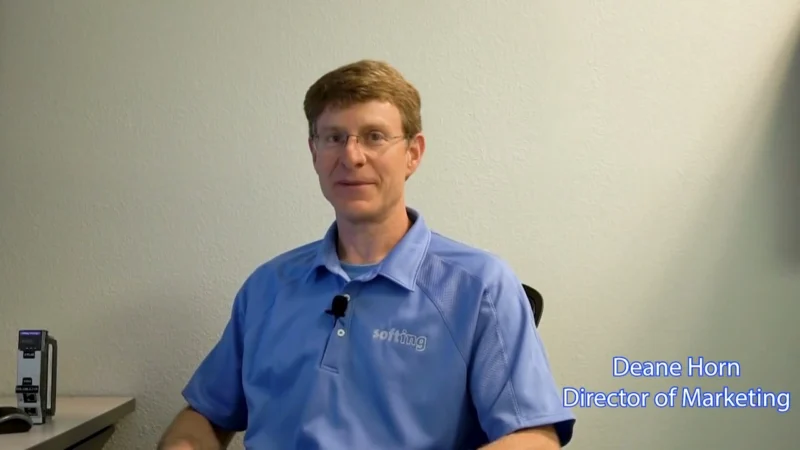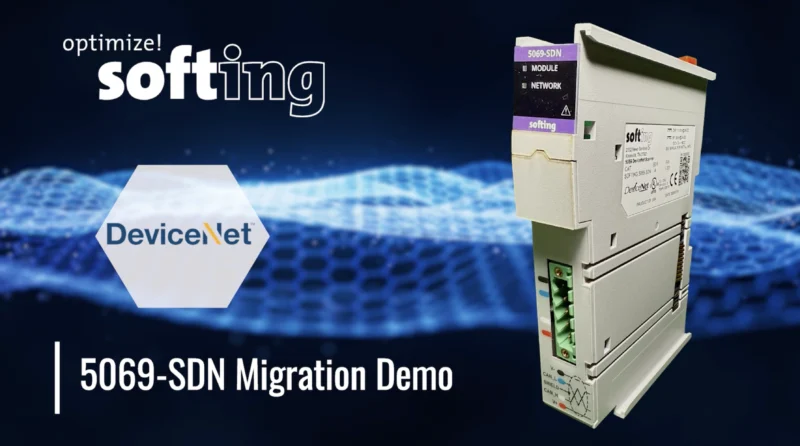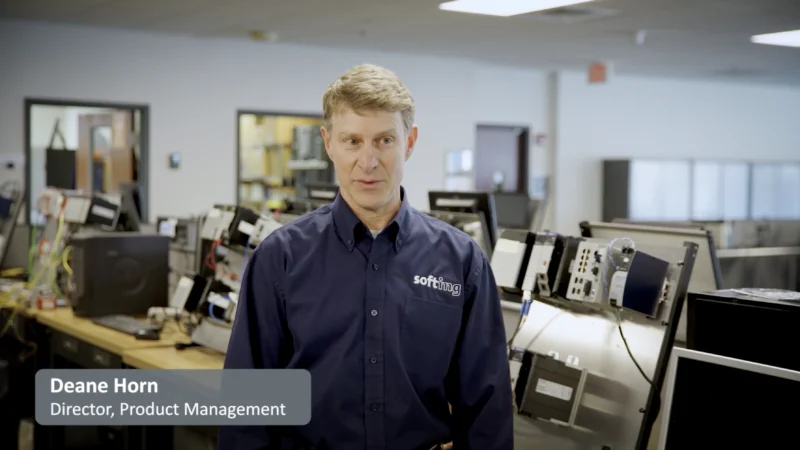How Does it Work? – The STC Process
Installing SmartSky on an aircraft is an exciting opportunity. It is all about ensuring the best experience for the customer, and being among the first to have the system on board provides numerous benefits, and the goal is to make the installation seamless.
Collaboration with dealers and operators is crucial during this process, especially when it comes to pricing and availability. Keeping costs low is a significant concern for both parties involved, as it helps unlock the potential of SmartSky for the wider market. Although obtaining the STC (Supplemental Type Certificate) can take several months, the downtime for the aircraft does not have to be that long.
Preparation allows for a relatively short downtime of two to three weeks, after which the aircraft can return to service with the operational SmartSky system. Completing the STC process is a milestone that makes the SDC (SmartSky Data Center) available for other aircraft to install the system.
Operators often prefer to schedule installations around their existing maintenance plans, minimizing disruptions to their operations. SmartSky works closely with customers, planning backward from the anticipated maintenance event to align the three to four-month STC timeline with their needs. Time is valuable in the aviation industry, and the experts at SmartSky understand the importance of efficiency.
With their industry knowledge and expertise, SmartSky ensures that the STC process is thorough, efficient, and repeatable across multiple aircraft. By working collaboratively with customers, SmartSky aims to deliver an exceptional experience and unlock the full potential of this cutting-edge technology in the aviation industry.



